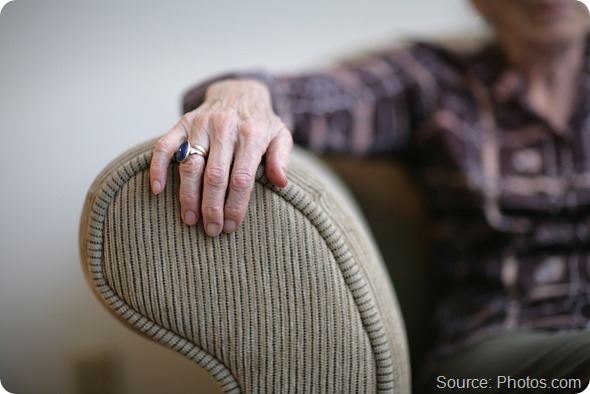People in their 60s who spend too much time sitting down may be increasing their risk of becoming disabled, a study shows.
Furthermore, it appears that this risk is not offset by engaging in moderate exercise.

“This is the first time we’ve shown sedentary behavior was related to increased disability regardless of the amount of moderate exercise,” said lead author Dorothy Dunlop from Northwestern University Feinberg School of Medicine in Chicago.
“Being sedentary is not just a synonym for inadequate physical activity,” she warns.
As reported in the Journal of Physical Activity and Health, Dunlop and team analysed data available for 2,286 individuals aged 60 or older who participated in the National Health and Nutrition Examination Survey.
They found that the likelihood of a person being disabled increased by almost 50% for each extra hour they spent being sedentary. For example, if two 65 year old women had similar health and exercise profiles but one sat for 12 hours a day while the other sat for 13, the second woman is 50% more likely to be disabled.
Surprisingly, the researchers found that the association between sedentary living and disability risk was not reduced by engaging in moderate or vigorous exercise and that immobility was in fact an independent risk factor for disability.
“Older adults need to reduce the amount of time they spend sitting, whether in front of the TV or at the computer, regardless of their participation in moderate or vigorous activity,” says Dunlop.
James Levine, co-director of Obesity Solutions at the Mayo Clinic in Phoenix and Arizona State University describes the research as "heavy hitting" in its message that “being sedentary is debilitating when one is elderly.”
Levine completed some of the first research on what has become known of as “sitting disease,” a concept he feels “has been illustrated well for the first time,” by Dunlop and team.
For the study, the participants wore accelerometers over a three-year period. These instruments measured how much time they spent being sedentary and how much they spent taking part in light activity such as pushing a trolley, moderate activity such as walking quickly and vigorous activity such as running.